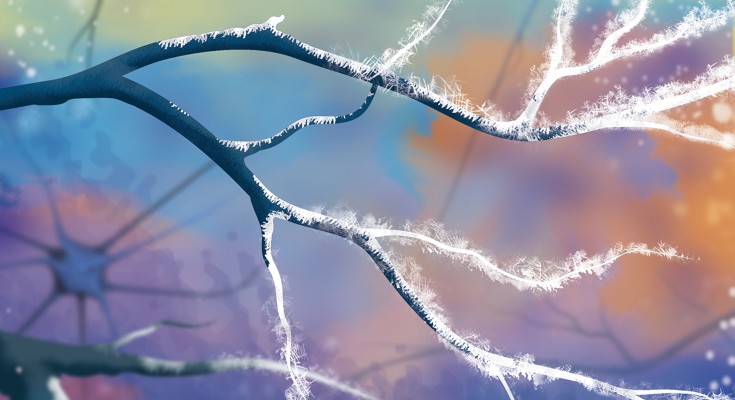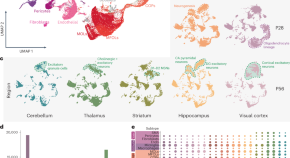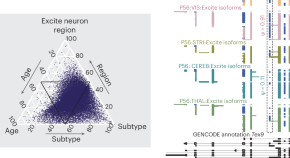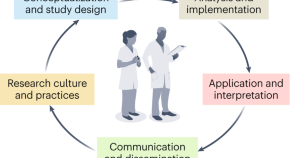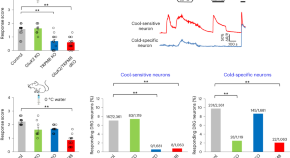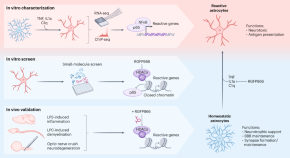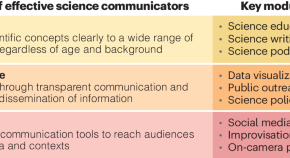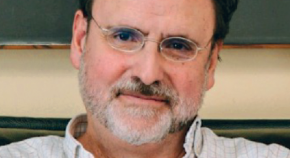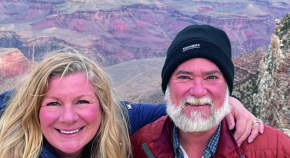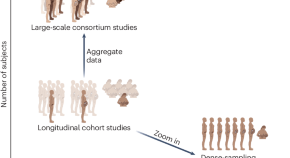Featured
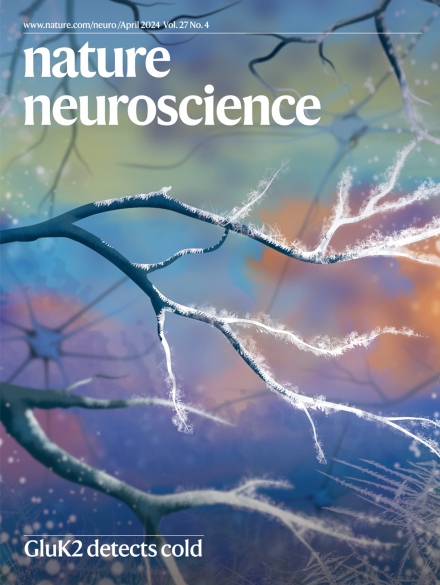
Advertisement
-
-

Three patterns link brain organization to genes in health and disease
Gene expression in the human cortex is shown to exhibit a generalizable three-component architecture that reflects neuronal, metabolic, and immune programmes of healthy brain development. The three components have distinct associations with autism spectrum disorder and schizophrenia, revealing connections between previously unrelated results from studies of case–control neuroimaging, differential gene expression, and genetic risk.
-
-

